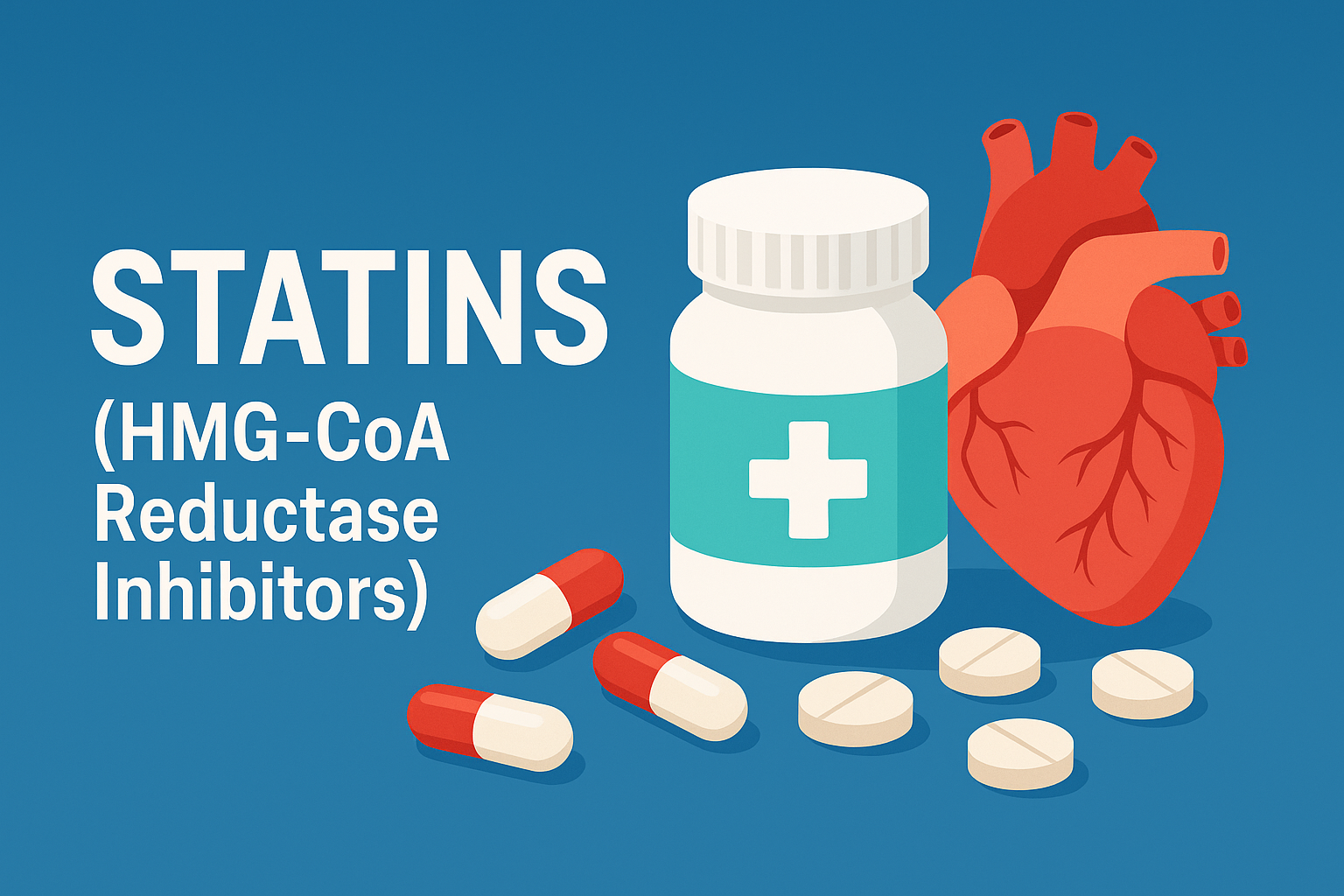Ozempic (Semaglutide) is a glucagon-like peptide-1 (GLP-1) receptor agonist used for the management of type 2 diabetes and chronic weight management. It works by increasing insulin secretion, reducing glucagon release, and slowing gastric emptying. This leads to improved blood sugar control and appetite reduction.
Starting dose: 0.25 mg once weekly (for 4 weeks, not for glycemic control but for tolerance).
Maintenance dose: 0.5 mg once weekly, which may be increased to 1 mg or 2 mg once weekly as needed and tolerated.
Ozempic is administered via subcutaneous injection in the abdomen, thigh, or upper arm. It can be taken with or without food, but the injection site should be rotated weekly.
1. Marso SP et al. Semaglutide and Cardiovascular Outcomes in Patients with Type 2 Diabetes. New England Journal of Medicine, 2016.
2. Wilding JPH et al. Once-Weekly Semaglutide in Adults with Overweight or Obesity. New England Journal of Medicine, 2021.
3. American Diabetes Association. Standards of Medical Care in Diabetes. Diabetes Care, 2023.
The urethra is a muscular canal that extends from the neck of the bladder to the exterior of body. Read more about the anatomy of urethra in this article.

Chronic kidney disease (CKD) is a disease in which irreversible damage to the kidneys leads to a reduction in kidney function. CKD has 5 stages and many complications.

Learn about medical uses, safety profile, mechanisms and interactions of statins.

Learn the signs, causes, and benefits of magnesium to improve your health, sleep, and mood naturally.
